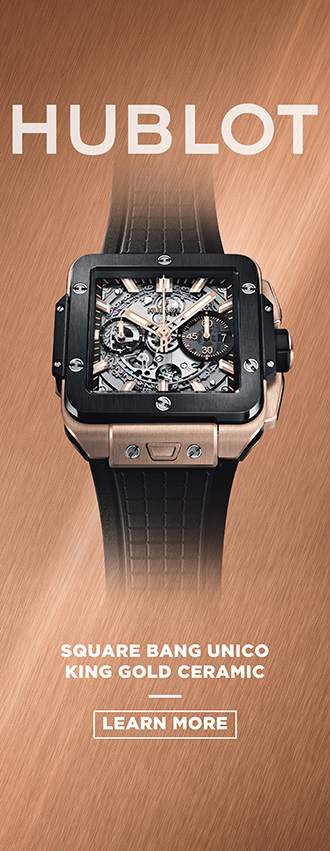Alcohol has been a key cultural ingredient throughout history. Back when water was unsafe to drink, it was necessary to imbibe beer or keep table wine. Alcohol has also been treasure found in shipwrecks, loot smuggled during prohibition, a luxury item brought to celebrate, or a liquid pathway to great conversations.
In modern times, we have learned the good and the bad that comes with alcohol. While no food or drink is inherently bad, unfortunately one of the negative facets of alcohol is that it’s not nutritionally dense and can contain a lot of calories. That cosmopolitan looks pretty and comes with a calorie count of around 200, and most pints of beers these days average 150 calories. If you’re aiming for a health-promoting diet, you may not even want to think about estimating the calories in a piña colada or a pint of that barrel-aged, marshmallow, caramel Irish stout.
During the pandemic’s stay-at-home time, the struggle for many with balancing drinking and caloric intake became very real. Low-calorie hard seltzer had already exploded in popularity by 2017—when the brand White Claw grew by 85 percent in one year—and in these pandemic years, more and more products that combined social drinking with a health-driven desire to reduce sugar intake started hitting the shelves.
Since the pandemic, these trends are only becoming more popular. In addition to hard seltzers, hard lemonades, hard teas, hard kombuchas, and other low-calorie, low-alcohol beverages, alcohol-free cocktails and beers are springing up more frequently as options on every drink menu.
Whether you’re actively calorie-conscious or just not sure how or when to choose a low-to-no alcoholic drink, we’ve rounded up some options to consider.
Seltzers
According to Nielsen data, the hard seltzer category grew by 226 percent in 2019 and a further 165 percent in 2020 to achieve sales of 4.1 billion USD in the US alone. The hard seltzer market is expected to grow to 28.5 billion USD in 2027 at a CAGR of 18.1 percent.
Hard seltzer is effectively bubbly water with alcohol. Unlike most beers and hard liquors, it is made by fermenting cane sugars, and it is also gluten free. If you’re looking to be mindful of calories, it is an ideal low-calorie alcoholic drink option since it averages 100 calories a can (two grams of carbs or less) and about five percent ABV.
Remember Zima? Technically it was the first hard seltzer, launched by Molson Coor’s in 1994. Thirty years later, we’re seeing never-ending options and so many shelves devoted to the previously niche beverage. After White Claw, Boston Beer Company began to dominate the space with their Truly brand. Now you can compare and contrast countless options—like Coca-Cola’s Topo Chico, Bud Light, Barefoot, Corona, Dos Equis, and FourLoko (making a comeback)—to see which taste and flavors most appeal.
Low-Cal, Session, and No-Alcohol Beer
According to the Brewer’s Association, the beer industry grew by one percent in 2022, but the category of non-alcoholic beer grew by nine percent. The idea of a session beer—a beer with an ABV of five percent or less—has existed for a while as a way to avoid feeling overly full or overly boozy during a drinking session, but these beers often still packed a caloric punch. On the flip side, the beers that were marketed as low-calorie options weren’t typically associated with being full in flavor.
Now the battle in the beer market is on for breweries to compete with session/low-calorie and even no-calorie offerings. No longer does the choice have to be made about whether your beer will be low-cal or low in flavor. Dogfish Head’s Slightly Mighty IPA and Blue Moon’s Light Sky (Molson Coor’s lower calorie version of their popular Blue Moon Belgian White beer) are only 95 calories and still taste like the real deal.
Non-alcoholic options also now go beyond limited and blandish. Every brewery from mass-production to local craft now cranks out alcohol-free stouts, IPAs, pilsners, and more. Brooklyn Brewery offers a hoppy amber, Heineken offers the zero percent 0.0 beer and some breweries—like Athletic in Connecticut—are devoted entirely to non-alcoholic beer offerings, with popular styles like Run Wild IPA. Many non-alcoholic beers are defined as being .5 percent or less ABV, but additional beer offerings now include seltzer water or club soda that has been flavored with hops to give a similar taste to beer, like Sierra Nevada’s Hop Splash or the IPA-inspired Lagunitas Hoppy Refresher.
No-Alcohol Spirits
Think about your last mixed drink. Did you consider the amount of sugar that was in there in addition to the alcohol itself? Do you typically not drink sodas or colas, but make an exception when it comes to a Jack Daniel’s and Coke? Your mixers are key to your drink’s calorie count just as much as the spirits themselves. Likewise, while some spirits, like vodka, have a lower calorie range (around 65 calories per ounce), some can be a lot more (like schnapps, which can be around 195 calories per ounce).
Similar to the beer industry, the mixed drink industry has realized that there is a growing market for people who want drinks that taste like liquor without having any actual alcohol content in them. From brands devoted entirely to no-alcohol spirits (like Seedlip) to brands like Tanqueray (who make a zero-percent-alcohol version of their gin), bartenders suddenly have a lot of options for making unique mocktails and non-alcoholic drinks.
Next time you’re at a bar, check out the cocktail menu for non-alcoholic, mocktail, or zero-proof drink options. The first no-alcohol bar launched in Austin, Texas in 2017 (SANS), and the popularity of zero-proof drinking destinations continues with Washington, DC’s Binge Bar in February 2023.



